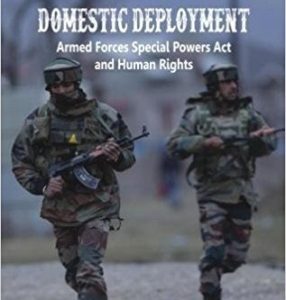
U C Jha

Showing all 17 books
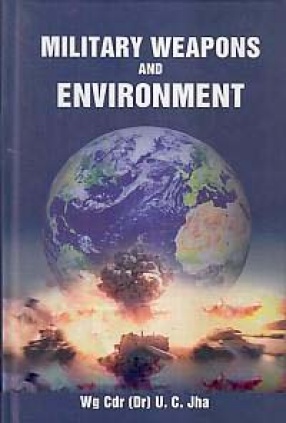
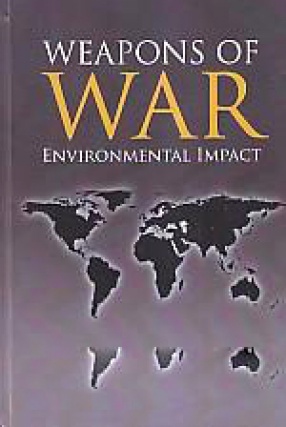
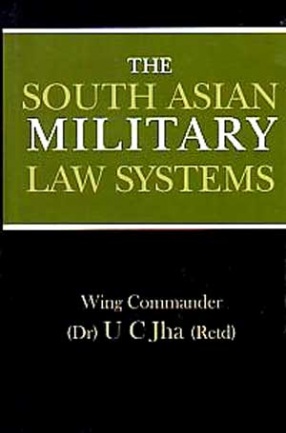

In July 2016, the Supreme Court of India held that the use of excessive or retaliatory force by the security forces is not permissible in the course of the discharge of their duty under the Armed Forces (Special Powers) Act (AFSPA), and that the Act does not allow blanket immunity to perpetrators of unjustified deaths. Recently, the Supreme Court directed that FIRs be lodged against security personnel engaged in encounter killings. This ruling has serious ...
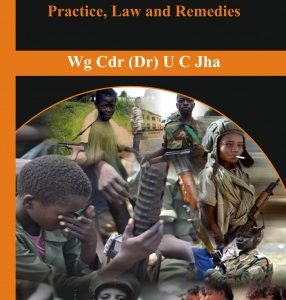
As many as fifty non-state armed groups (NSAGs) in countries such as Afghanistan, Colombia, the Democratic Republic of Congo, India, Iraq, Israel, Palestine, Libya, Mali, Pakistan, the Philippines, Somalia, South Sudan, Syria, Thailand and Yemen are engaged in the recruitment and use of children in armed conflict. In Somalia, South Sudan, Syria and Yemen the situation continues to be perilous, with many hundreds of children recruited, used, killed and maimed. ...
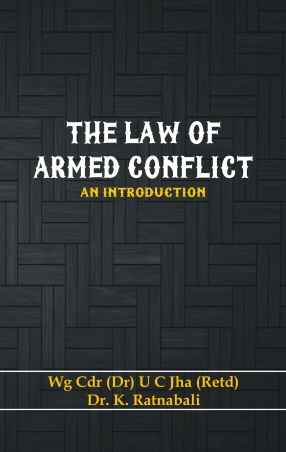
This textbook gives an up-to-date and comprehensive analysis of the law of armed conflict or international humanitarian law. The author has traced the history of the laws of war and examined their relations with human rights and refugee laws. The topics covered include protection to the victims of war: prisoners, civilians, women, children, journalists, the natural environment and cultural property. The book contains an updated account of the functioning of the ...

Armed conflicts have become more complicated, with the emphasis shifting towards new weapons such as drones, cybercrime and autonomous weapons. In July 2017, the UN General Assembly adopted the Treaty on the Prohibition of Nuclear Weapons. This treaty prohibits a full range of nuclear-weapon-related activities, such as undertaking to develop, test, produce, manufacture, acquire, possess or stockpile nuclear weapons or other nuclear explosive devices, as well as ...
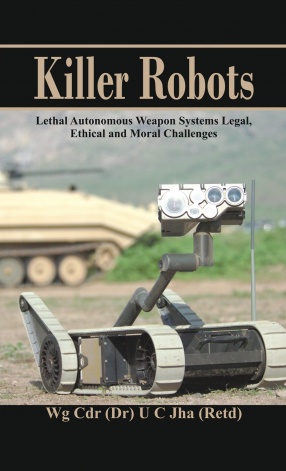
Nearly 45 countries are at different stages of developing robotic weapons or lethal autonomous weapon systems (LAWS). The United States, for example, has recently test launched its robotic vessel Sea Hunter, a self-driving, 132-foot ship designed to travel thousands of miles without a single crew member on board. As reported, the vessel has the capability to detect and destroy stealth diesel-electric submarines and sea mines. However, though the militaries of the ...

Almost every state in the world has an army to protect it from external aggression, except in the case of Pakistan, where the relationship between the ‘state’ and the ‘army’ is in the reverse order. The Pakistan Army has the ‘state’. The army has governed the ‘state’ directly during half of its existence and in the remaining half of its history indirectly. The Pakistan Army has also ensured that other independent ...
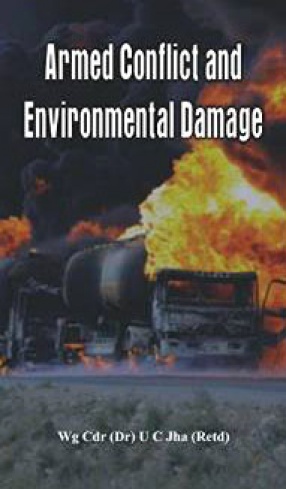
Armed conflict and military activities have serious adverse impacts on the environment. Modern weaponry, troop movements, landmines, hazardous military waste, and the destruction of forests for military use are a few sources of harm to the environment both during armed conflict and peacetime military activities. Ecological assaults in combat areas are often kept a secret by the government, resulting in even greater humanitarian and environmental harm. ...
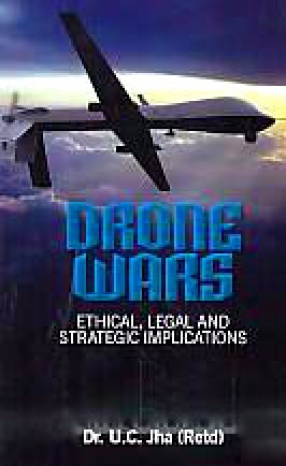


The volume provides a detailed analysis of nine weapons and explosives of war that are used in armed conflicts, examining their impact on the people and the environment. It covers the weapons of mass destruction which include nuclear, biological and chemical weapons, controversial weapons like depleted uranium, white phosphorous, cluster munitions and anti-personnel landmines. It delves into their military applications. It details the consequences of the weapons ...
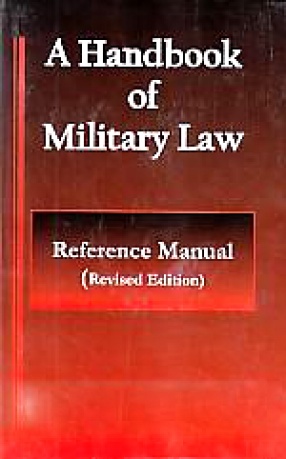
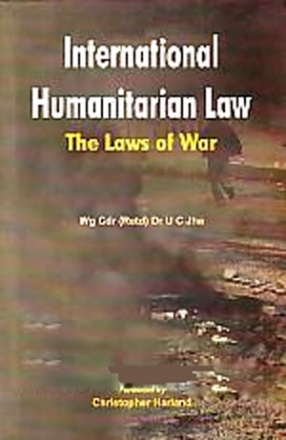
This book gives an up-to-date and comprehensive analysis of international humanitarian law or the laws of war. The author has traced the history of the laws of war and examined their relations with human rights and refugee laws. The topics covered include protection to the victims of war: prisoners, civilians, women, children, the natural environment and cultural property. The book contains an updated account of the functioning of the International Criminal ...
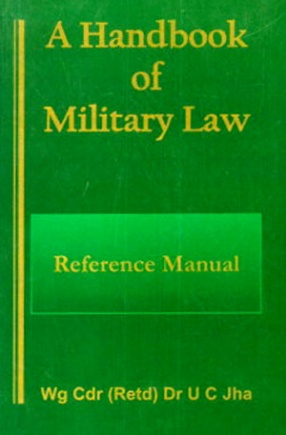
This handbook has been written with an aim to serve as a ready reference for the officers of the Indian Army who would like to know something about their legal rights and responsibilities. It covers important definitions, rights and privileges, conditions of service, jurisdiction, military crimes, court of inquiry, administrative action, grievance redress, summary punishments, court martial process, and jurisdiction and power of the armed forces tribunal. It ...
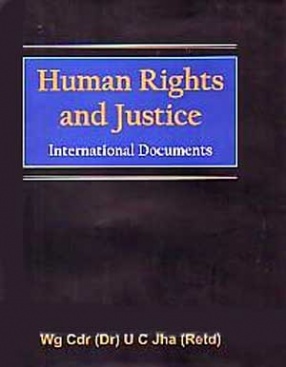

This book is a comparative study of the military law systems of the five South Asian countries: Bangladesh, India, Nepal, Pakistan and Sri Lanka. It also considers those aspects of international human rights laws and international humanitarian laws which are relevant to the activities of the armed forces, while they are deployed in the armed conflicts, in the peacekeeping missions or when they are in barracks. Using famous cases to illustrate legal points, this ...
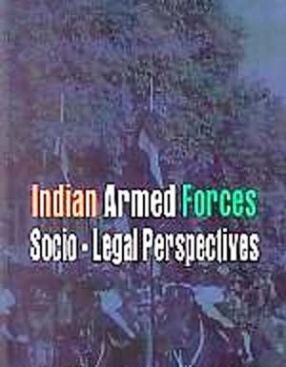
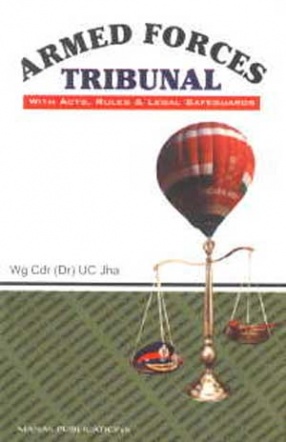
India took the first step towards 'civilianizing' of the military justice system in 2007, when Parliament passed the Armed Forces Tribunal Act. The Tribunal and its benches will provide a unique forum of appeal to the armed forces personnel.This book critically examines the jurisdiction and power of the Tribunal, and seeks to provide an insight into the problems that may come up when it takes issues relating to the conditions of service and court martial. ...
